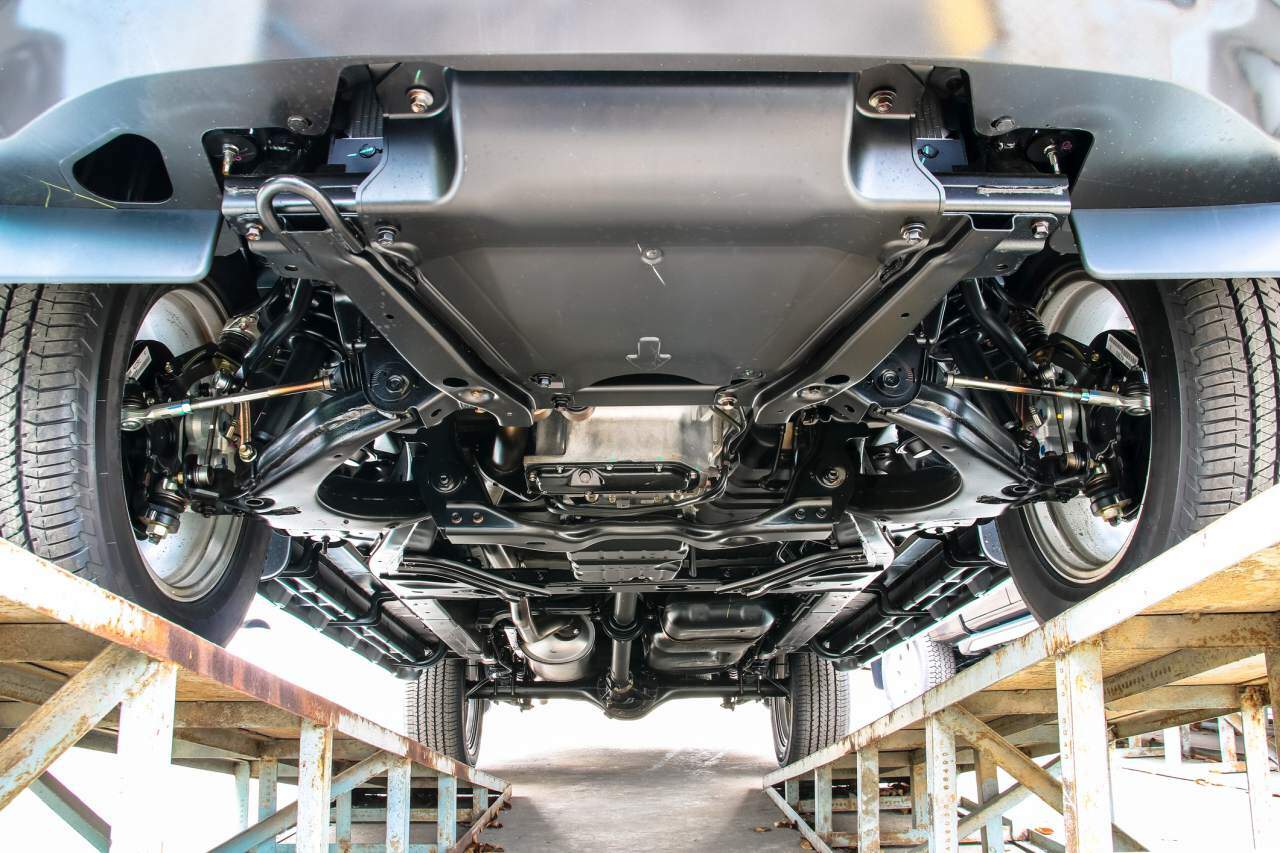
Why Are Routine Oil Changes Important
A person's vehicle is one of their most important possessions. Taking care of scheduled oil changes as required by the vehicle's maintenance schedule can make the difference between a short-lived vehicle and one that will last many years. Below we'll cover everything drivers need to know about oil changes and their related subjects so you’ll learn how to get the job done right every time.
The Critical Importance of Oil Change Maintenance
While every driver knows that internal combustion engines run on gas, they need a few other essential things to operate correctly over time. The piston action of an internal combustion engine generates a great deal of friction and associated heat. Motor oil helps reduce the friction and heat generated by the operating process of the machine by lubricating the moving parts and many of the surfaces they make frequent contact with.
This lubrication extends engine life spans considerably. Going without an oil change for extended periods causes the oil already in the engine to become more and more abrasive through the accumulation of dirt, metal, and other particle types. This degradation of oil quality and purity will eventually directly wear down engine components, meaning they'll need to be replaced more often.
In short, repeatedly skipping the oil changes in a vehicle's maintenance schedule won't just cost drivers an engine flush and new oil. It can easily cost them the prices of new cylinder heads, camshafts, pistons, oil pumps, crankcases, camshaft bearings, valve lifters, and every other part oil touches within the engine block's housing. It could even ruin the engine block if oil flushing and replacement aren't done for long enough.
The Advantages and Disadvantages of Each Motor Oil Type
Three primary types of motor oil are rated for use in civilian internal combustion vehicles and hybrid gas engine components: natural, synthetic, and a natural-synthetic mix. While each has a specific period of use, advantages, and disadvantages, drivers shouldn't choose an oil type based on those factors alone.
Every car owner’s manual lists the best type, viscosity rating, and standard operating temperature thickness rating. These ratings are expressed in number, W, dash, and number format. For instance, 10W-40 motor oil is viscous and thicker during regular engine operation than 5W-30 motor oil. Now that we've covered the basics let’s detail each primary type of motor oil.
All-Natural Motor Oil
Natural motor oil is the variety that most drivers are used to using, especially if they've been driving for decades. It is the most affordable motor oil, so it bites less into driver's wallets over time. The standard rule for natural oil has been to change it entirely every 3,000 miles, but recent advances in automotive technology and engine oil refinement have extended that period considerably.
At this point, engines that use natural motor oil should have that oil replaced every 3,000 to 9,000 miles, as dictated by the owner's manual for the vehicle. If the engine in your vehicle isn't the same as the one it started with, go with the oil instructions for the new engine, not the ones in the user manual.
Fully Synthetic Motor Oil
Entirely synthetic motor oil is made through more advanced chemical processes that generate a fluid more resistant to engine heat and friction. This oil tends to be best for engine cores that see heavy use or put out a great deal of horsepower and torque. Large sport utility vehicles, massive pickup trucks, and beastly fast sport vehicles benefit from the properties of fully synthetic oil the most. Still, most new and used cars from recent years can use it too.
Ensure that your engine can handle synthetic if you have a car, truck, or SUV with a classic engine. Some classic setups do not handle synthetic oil well. Fully synthetic oil can last from 7,500 to 15,000 miles, depending on the brand, vehicle, and frequency of heavy-duty or high-speed engine use. The harder an engine is pushed, the more frequently its oil should be changed.
Natural and Synthetic Mix Motor Oil
Also known as synthetic blend motor oil, natural and synthetic mix oils are better for heavy-duty use than natural but more affordable than fully synthetic. It is particularly good at reducing friction and increasing heat from engines that see heavy-duty use from a torque angle. This oil's increased resistance to oxidization makes it great for vehicles that regularly tow large boats, trailers, or campers and often haul heavy payloads. Synthetic blend motor oil should be changed every 7,500 miles or so.
How To Know When an Oil Change is Required
While a car owner’s manual contains the relevant information related to the frequency of required oil changes, other signs may show before those points reveal a need for an earlier oil change. Knocking sounds from the engine, active oil warning lights, heavier-than-usual exhaust smoke, heavy vibrations when idling, and inconsistent oil consistency are just a few of those signs. If you pull out your oil stick and it shows a low level, it may only need topping off, but go ahead with a total change if the scheduled time is near.






comments 0